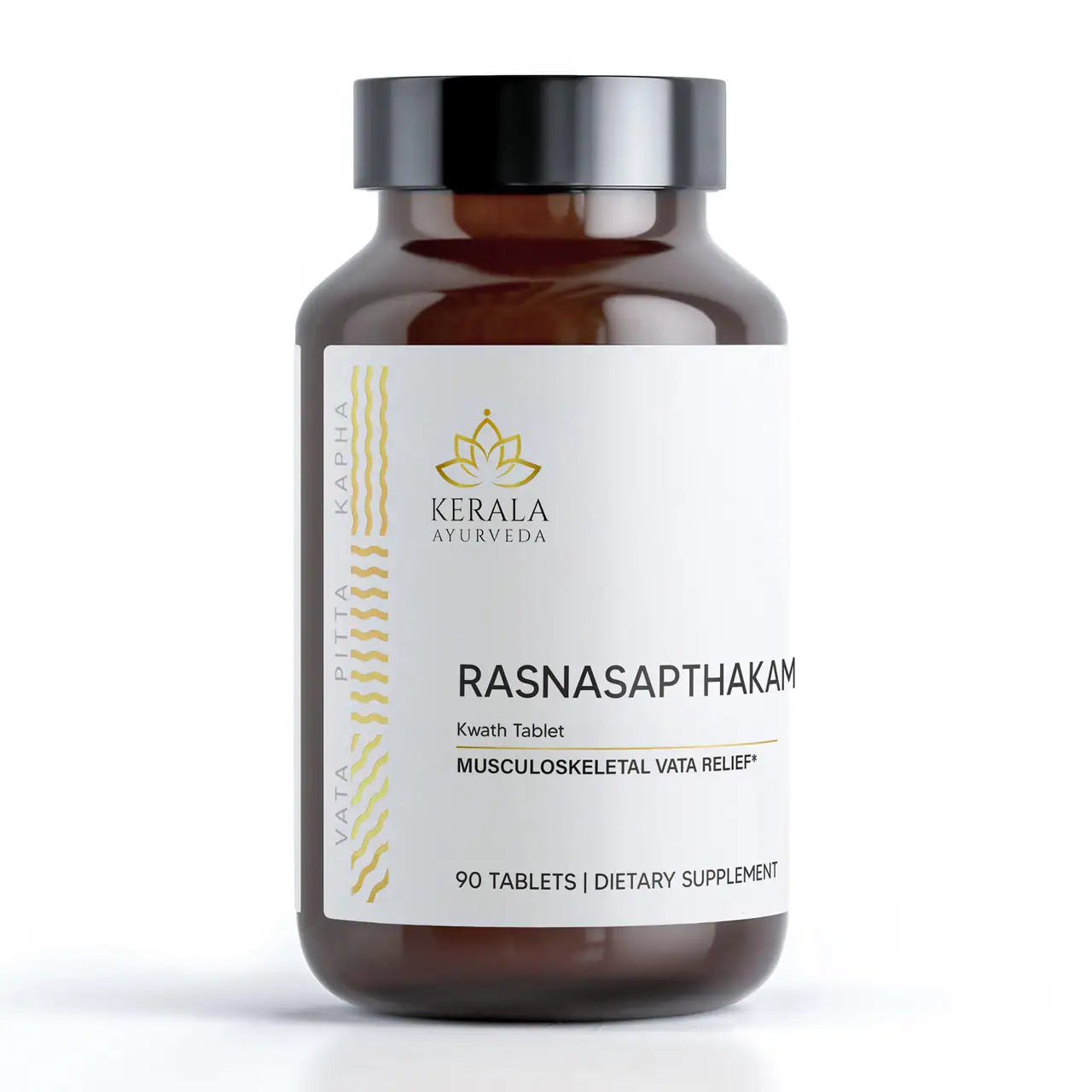Highlights
When we hear the word “love,” we often imagine a romantic partner, or family and friends expressing their care and commitment.
Ayurveda views love as a part of many different types of relationships — from the relationship we have with ourselves to the interactions and relationships we have with the people and world around us.
Ayurveda considers love a pure and all-encompassing experience of ourselves and others rather than something restricted to certain relationships. Love, is above all, meant to be a selfless expression–perfectly set forth in the famous Ayurvedic saying, “I love you, but it is no concern of yours.”
According to the Ayurvedic Love Languages, there are five different types that everyone can experience: Prem, Maitri, Shringara, Bhakti, and Kama.

Prem (or Atma Prema): Unconditional Self-Love
Is it possible there can be a love that is both selfish and selfless at the same time? Yes, and it’s known as the Ayurvedic Love Language Prem, or Atma-Prema. This unconditional love of self creates connection and oneness as we see and accept ourselves and connect with the divine love that is inextricably linked to all of humanity.
Maitri: Friendly Love
Practicing loving-kindness in little ways is the essence of the Ayurvedic Love Language of Maitri, or unconditional friendliness. Compassion, generosity, and tenderness are all qualities of a Maitri practice that directs positivity and goodwill toward ourselves and others.
Shringara: Romantic and Erotic Love
Romantic love and intimacy have their own name in the Ayurvedic tradition. Shringara encompasses the attraction, beauty, and extreme happiness shared between romantic partners. This Ayurvedic Love Language often includes a convivial mood of enjoyment that might find lovers sharing secrets, playing games, telling intimate jokes, and basking in the simple joys of being desired.
Bhakti: Devotional Love
The committed and deep love of Bhakti is not about devotion to another human, but to devotional practices like Kirtan that impart peace and joy. The goal of Bhakti is to surrender to the divine energies and attain bliss.
All that is required for this path of divinity and devotion to humanity is an open, loving heart expressed through pursuit and passion for truth, kindness, and justice.
Kama: Pleasure, Desire, and Sexual Love
The Ayurvedic Love Language Kama is a type of love rooted in the sensual, physical experiences of life. Unlike some modern Western cultures, the Ayurvedic tradition celebrates this type of love, and considers it both important and honorable.
Kama is defined as all sorts of pleasures and delights including art, music, friendship, and kindness. In the Ayurvedic tradition, Kama is actually considered one of the Purushartha, or four basic goals of human life. The other three are Artha (prosperity), Dharma (service), and Moksha (liberation).
Cultivating Love with Ayurvedic Practices
On the Kerala blog, we’ve covered self-care practices such as oil pulling and Abhyanga self-massage, wonderful practices to nourish your mind, body, and spirit. As you practice routines like these, direct your attention to the contemplation of love.
Explore how can you give love to yourself and others in small or bold ways that feel authentic to you.








































